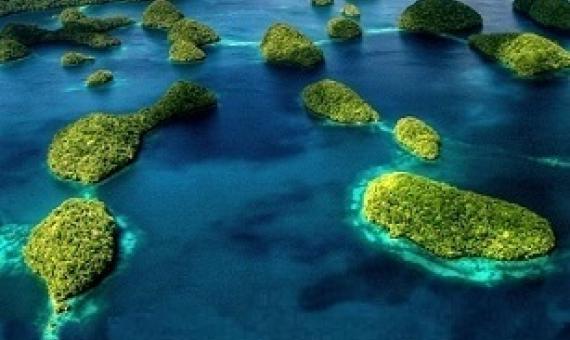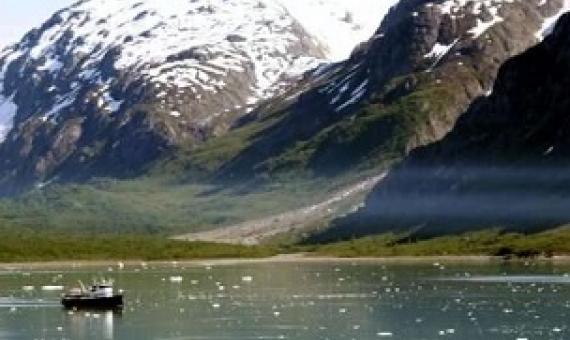Tropical islands of the Anthropocene: Deep histories of anthropogenic terrestrial–marine entanglement in the Pacific and Caribbean
Islands are useful model systems for examining human–environmental interactions. While many anthropogenic effects visible in the archaeological and paleoecological records are terrestrial in nature (e.g., clearance of tropical forests for agriculture and settlement; introduction of nonnative flora and fauna), native peoples also relied heavily on marine environments for their subsistence and livelihood.








